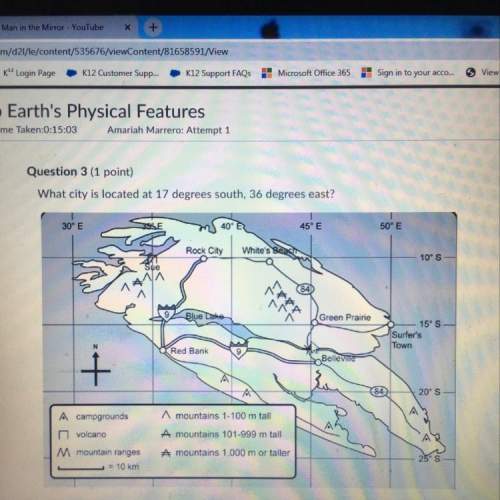
The manganese(II)-catalyzed redox reaction between cerium(IV) and thallium(I) is thought to proceed by a three-step mechanism:
Ce4+(aq) + Mn2+(aq) --> Ce3+(aq) + Mn3+(aq) (slow)
Ce4+(aq) + Mn3+(aq) --> Ce3+(aq) + Mn4+(aq)
Mn4+(aq) + Tl+(aq) --> Mn2+(aq) + Tl3+(aq)
a. If the first step of this mechanism is rate-determining (slow), choose the correct rate law for the overall process.
1. Rate = k [Ce4+]2
2. Rate = k [Ce4+] [Tl+]
3. Rate = k [Mn2+] [Mn3+]
4. Rate = k [Mn2+] [Ce4+]
5. Rate = k [Mn3+] [Tl+]
6. Rate = k [Ce4+]2 [Tl+]
b. Choose the correct chemical equation for the overall process.
1. Ce4+(aq) + Mn2+(aq) --> Ce3+(aq) + Mn3+(aq)
2. Ce4+(aq) + Mn3+(aq) --> Ce3+(aq) + Mn4+(aq)
3. 2Ce4+(aq) + Tl+(aq) --> 2 Ce3+(aq) + Tl3+(aq)

Answers: 1


Another question on Chemistry

Chemistry, 21.06.2019 18:30
Strong conductivity of plasma allows it to act and react as and
Answers: 2

Chemistry, 22.06.2019 07:10
Provide a stepwise curved arrow mechanism that fully explains the outcome of the reaction shown below. oh нао* heat он
Answers: 2

Chemistry, 22.06.2019 17:30
Which scenario is most similar to the type of collision that gas particles have according to kinetic molecular theory
Answers: 1

Chemistry, 23.06.2019 12:30
When utilizing a transmission electron microscope, why is it necessary to stain the specimen with heavy metal salts?
Answers: 1
You know the right answer?
The manganese(II)-catalyzed redox reaction between cerium(IV) and thallium(I) is thought to proceed...
Questions



Mathematics, 01.10.2019 01:30

Mathematics, 01.10.2019 01:30




















